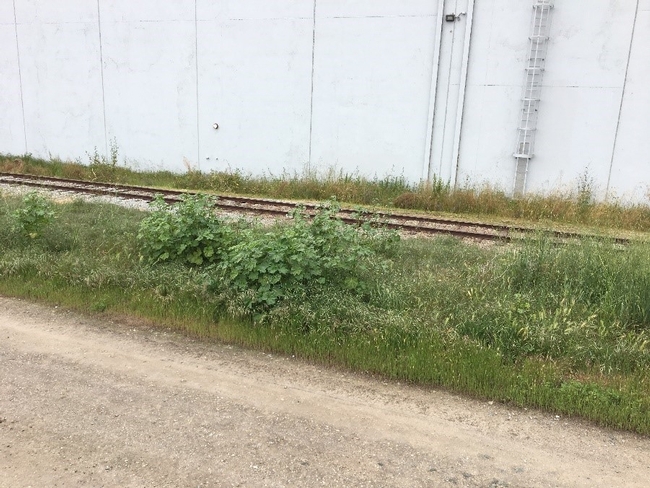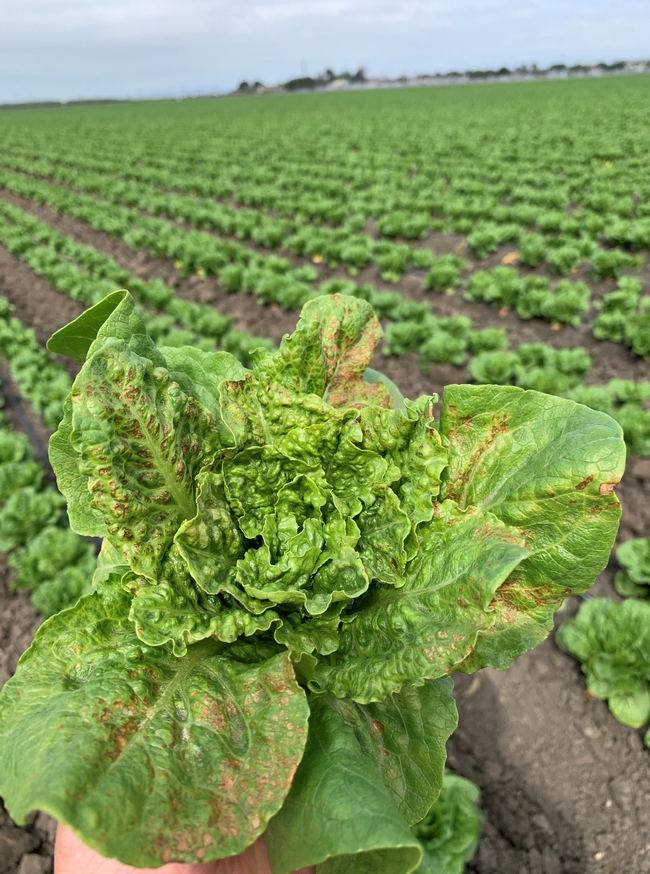Richard Smith is the Vegetable Crops and Weed Science Farm Advisor in Monterey County, California.
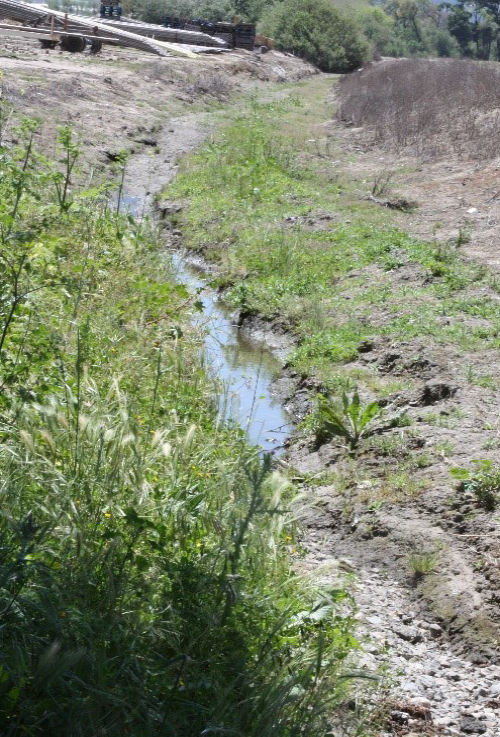
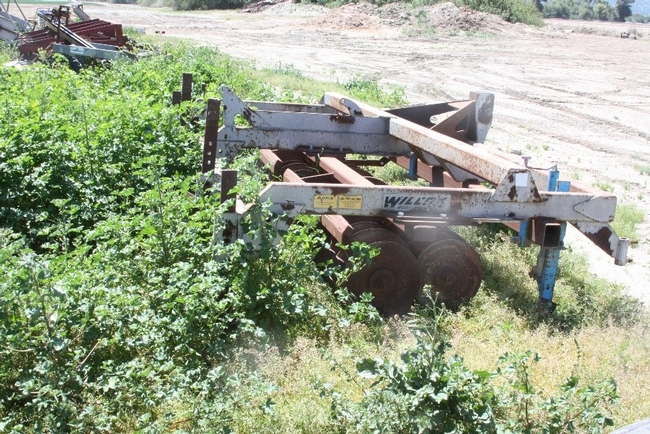
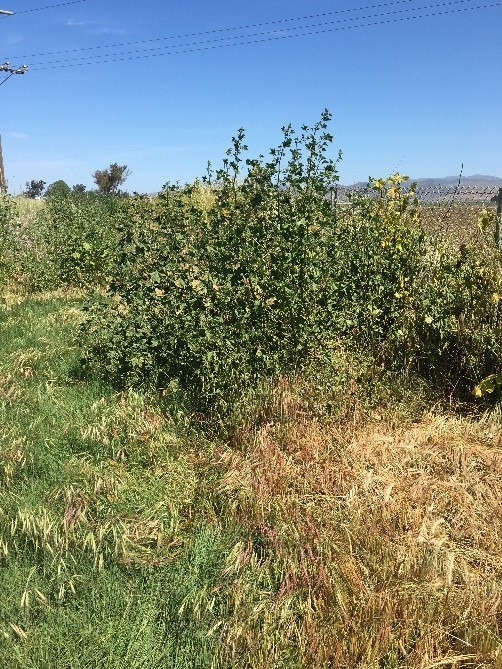
Impatiens Necrotic Spot Virus (INSV) in the Salinas Valley is a tospovirus that is spread primarily by western flower thrips (Frankliniella occidentalis). It has a wide host range of over 600 species of plants, including vegetables such as lettuce, tomatoes and peppers, ornamental such as fuchsias, dahlias and gazanias, and many weeds (see below). In the summer months when INSV is well established, lettuce production fields serve as the primary host of the virus, and thrips fly from infected fields that are being harvested to younger unharvested fields, and in that way, propagate and spread the virus. This is a successful strategy for the virus to spread during the production season because there are always old and new fields of lettuce growing in the vicinity of each other. As a result, during the production season, the strategies to control INSV rely on controlling thrips populations which can be challenging at times given their tremendous capacity to reproduce and disperse.
One strategy that may have merit for managing INSV is to break the life cycle during the winter months when there is little lettuce production and the focus can shift to controlling host plants. This strategy has been reasonably successful for other viruses such as Lettuce Mosaic Virus (LMV). Monterey county has an ordinance for a lettuce free period from December 7 to 21. This host-free period, along with control of LMV weed hosts of this virus, such as prickly lettuce has helped to break the infection cycle of his virus and reduce infections. INSV presents a more difficult challenge because it has a broader host range. Cool season INSV weed hosts include sow thistle, shepherd's purse and burning nettle; warm season INSV weed hosts include common purslane, lambsquarter, nettleleaf goosefoot and short-pod mustard.
The key to controlling INSV may rest with controlling the virus during the winter by breaking the transfer of the virus from the current year's host plants to the next year's host plants. The new generation of weeds host plants don't germinate until the rains in the late fall/winter. For the virus to live and infest the new year, it must bridge the from host plants infected the previous fall that survive over the winter to infect the new generation of weed host plants. Most of the weed host are under good control in fallow beds, and over-wintering host plants are mostly found in non-crop areas. Perennials such as little mallow are key INSV hosts that can bridge from the previous year because they easily persist over the winter. Interestingly, we found field bind weed to also be a host of INSV and capable of emerging infected in the spring. Key areas that growers need to focus on are places where weeds survive in areas under their control such as in equipment yards, ditch banks, and other miscellaneous areas such as around valves and wells. Other areas that growers may not have direct control over, but where there are host plants include industrial areas, residential areas, along county roads and highways and in other crops such as vineyards and strawberries. Controlling key weeds in these areas may require some cooperation from neighbors and/or government officials.
In a recent survey we conducted indicated that key INSV weed hosts include over wintering winter annuals sow thistle, shepherd's purse, marestail, over-wintering nettleleaf goosefoot and burning nettle. These plants are capable of hunkering down in non-crop areas and survive the winter. Surviving winter annuals along with little mallow and field bindweed were shown to have high rates of infection, and if not controlled, can serve as bridges from the prior year's infection and carry it forward into the new year.
